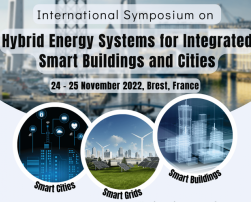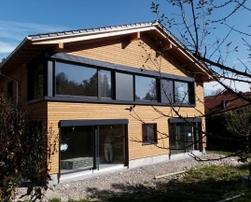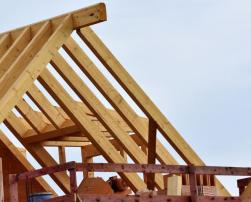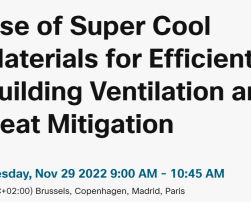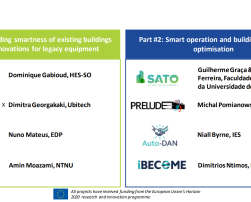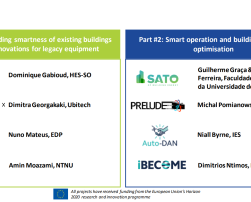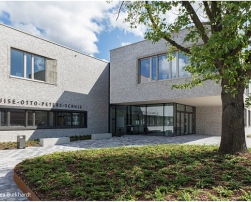
The Louise Otto-Peters school in Hockenheim, Germany, was the first educational institution to be granted support under the “Efficiency House Plus – Educational Buildings” funding programme. The new build combines three different school types under one roof (a pre-vocational training programme, a vocational upper secondary school and a geriatric nurse / educator training programme) which are attended by up to 280 students in total. The school building is conformant with the Efficiency House Plus standard.
Case study
